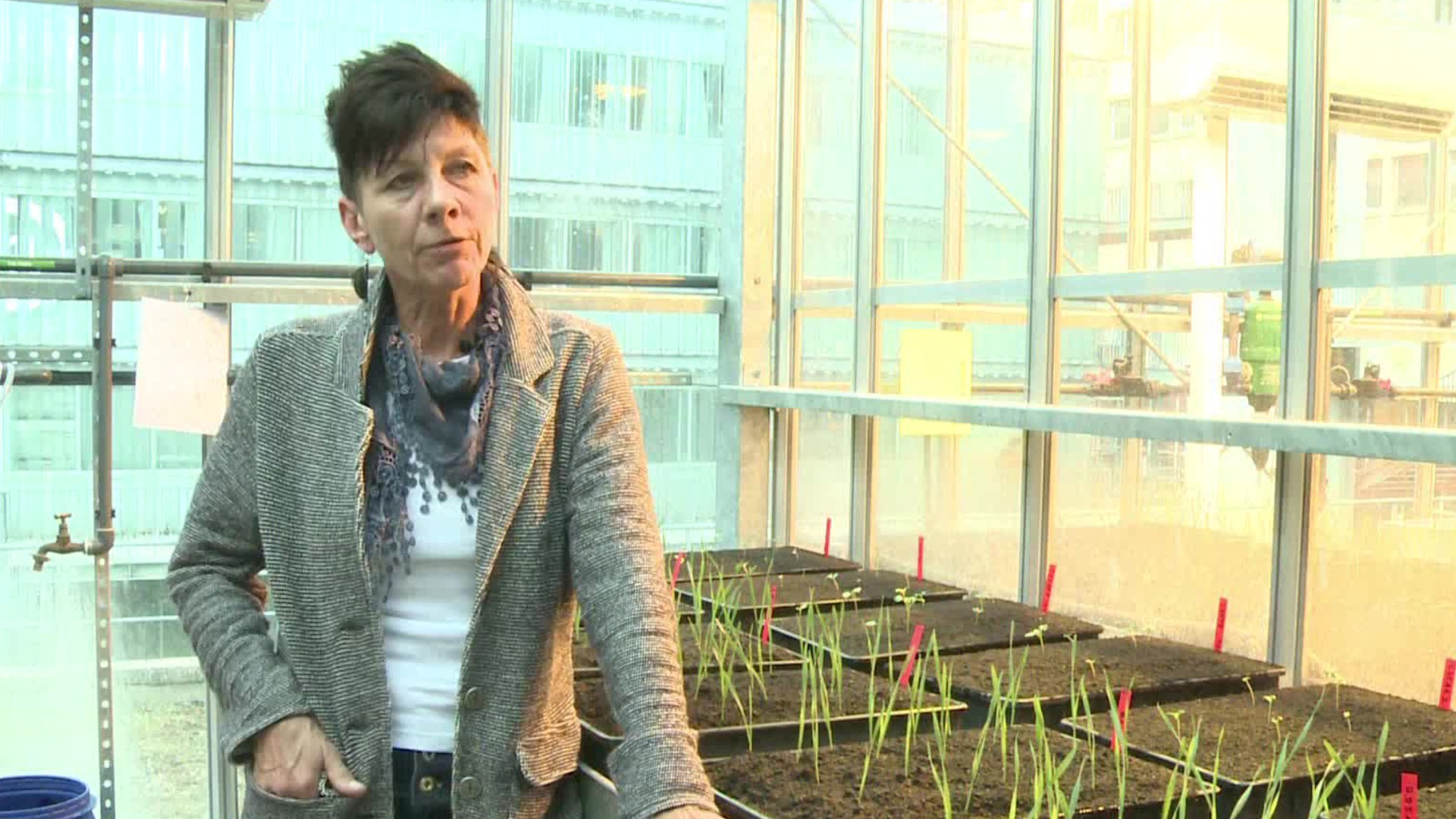Environmental Restoration Planners
Coastal and Estuary Specialist, Habitat Restoration Specialist, Marine Habitat Resources Specialist, Restoration Ecologist
What they do:
Collaborate with field and biology staff to oversee the implementation of restoration projects and to develop new products. Process and synthesize complex scientific data into practical strategies for restoration, monitoring or management.
On the job, you would:
- Develop environmental restoration project schedules and budgets.
- Provide technical direction on environmental planning to energy engineers, biologists, geologists, or other professionals working to develop restoration plans or strategies.
- Create habitat management or restoration plans, such as native tree restoration and weed control.
Knowledge
Math and Science
- biology
- geography
Arts and Humanities
- English language
Engineering and Technology
- design
- computers and electronics
Business
- management
Skills
Basic Skills
- thinking about the pros and cons of different ways to solve a problem
- listening to others, not interrupting, and asking good questions
Problem Solving
- noticing a problem and figuring out the best way to solve it
People and Technology Systems
- thinking about the pros and cons of different options and picking the best one
- figuring out how a system should work and how changes in the future will affect it
Abilities
Verbal
- communicate by speaking
- communicate by writing
Ideas and Logic
- make general rules or come up with answers from lots of detailed information
- use rules to solve problems
Math
- choose the right type of math to solve a problem
- add, subtract, multiply, or divide
Personality
People interested in this work like activities that include ideas, thinking, and figuring things out.
Technology
You might use software like this on the job:
Geographic information system
- ESRI ArcGIS software
- Geographic information system GIS software
Presentation software
- Microsoft PowerPoint
Graphics or photo imaging software
- Adobe Creative Cloud software
- Adobe Illustrator
Education
Education: (rated 5 of 5)
bachelor's degree or
master's degree
usually needed
master's degree
usually needed
Job Outlook
Average
New job opportunities are likely in the future.
Explore More
- Brownfield Redevelopment Specialists & Site Managers
- Conservation Scientists
- Environmental Scientists & Specialists, Including Health
- Industrial Ecologists
- Range Managers
You might like a career in one of these industries:
See more details at O*NET OnLine about Environmental Restoration Planners.






